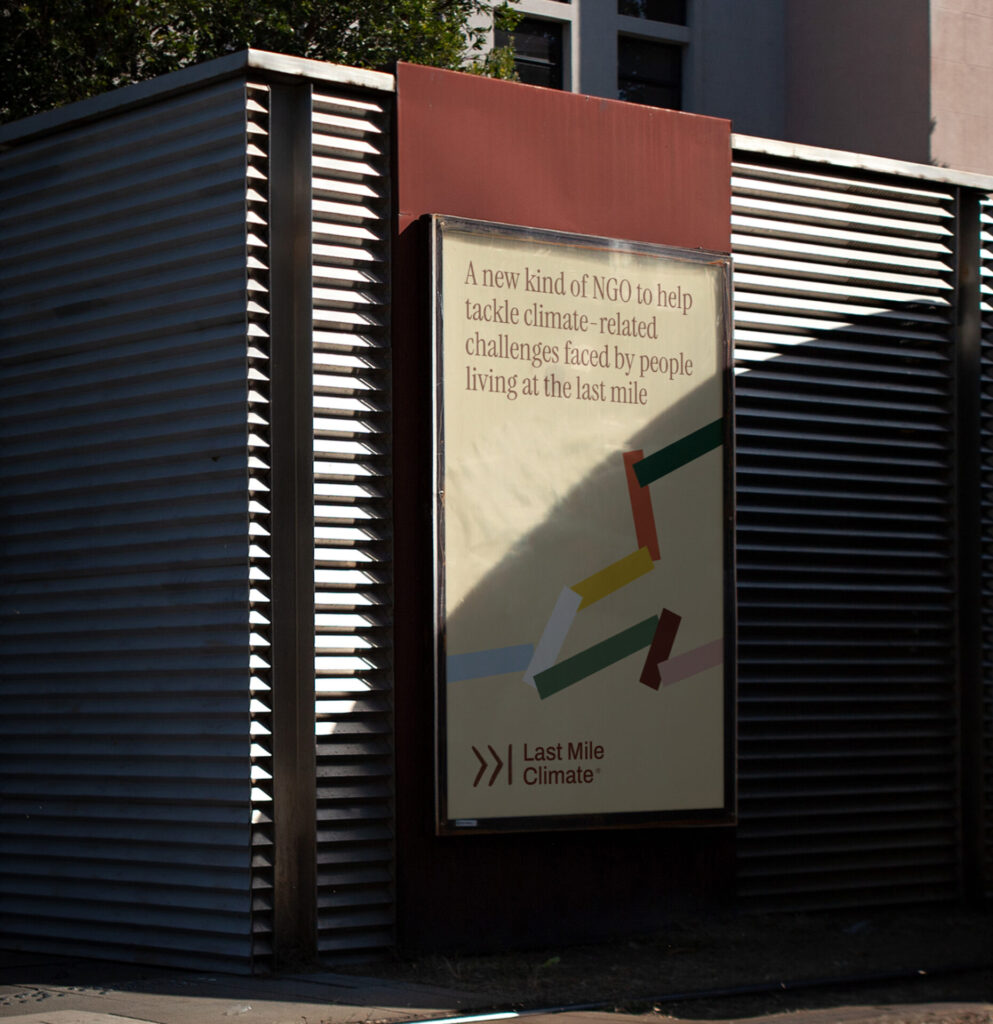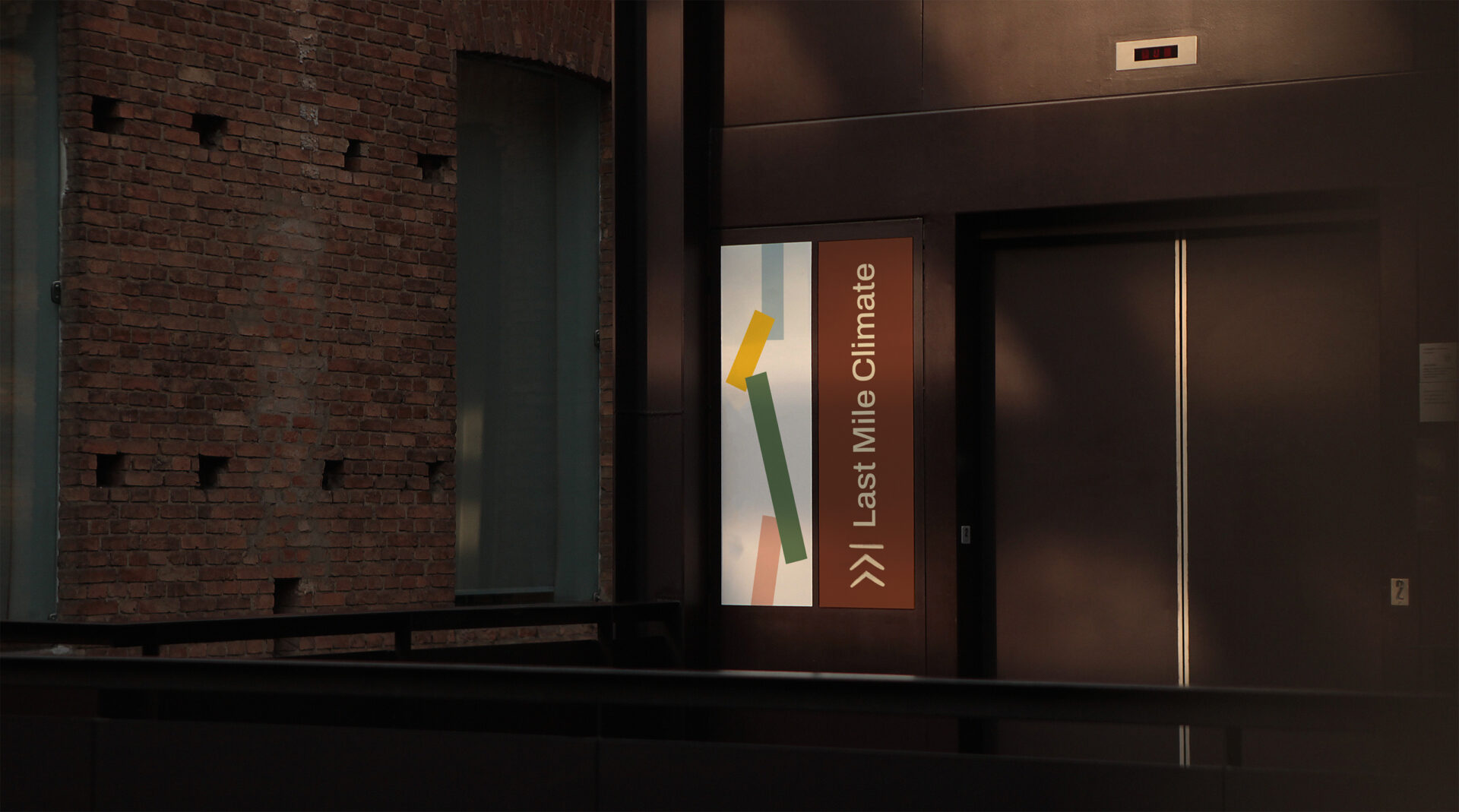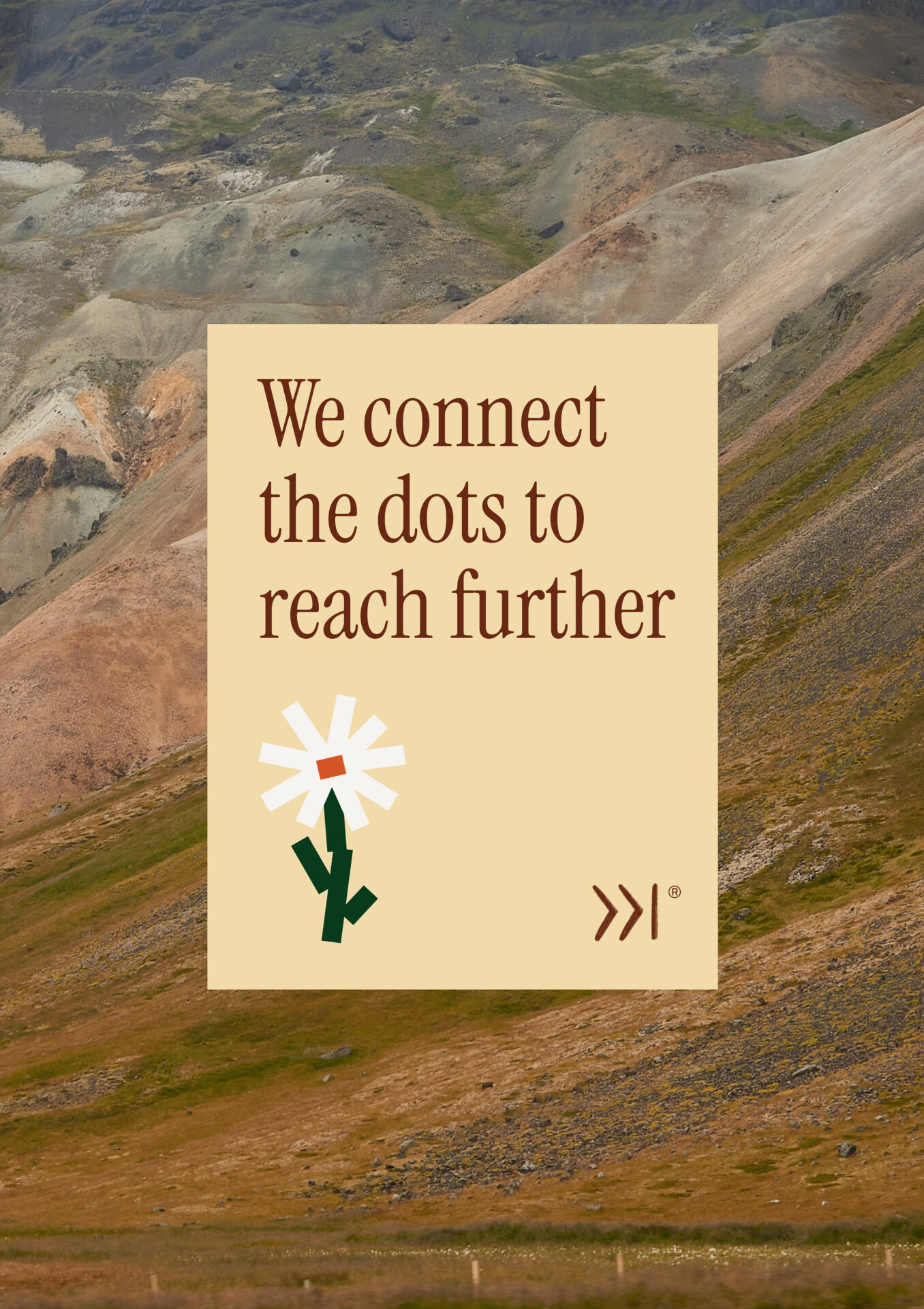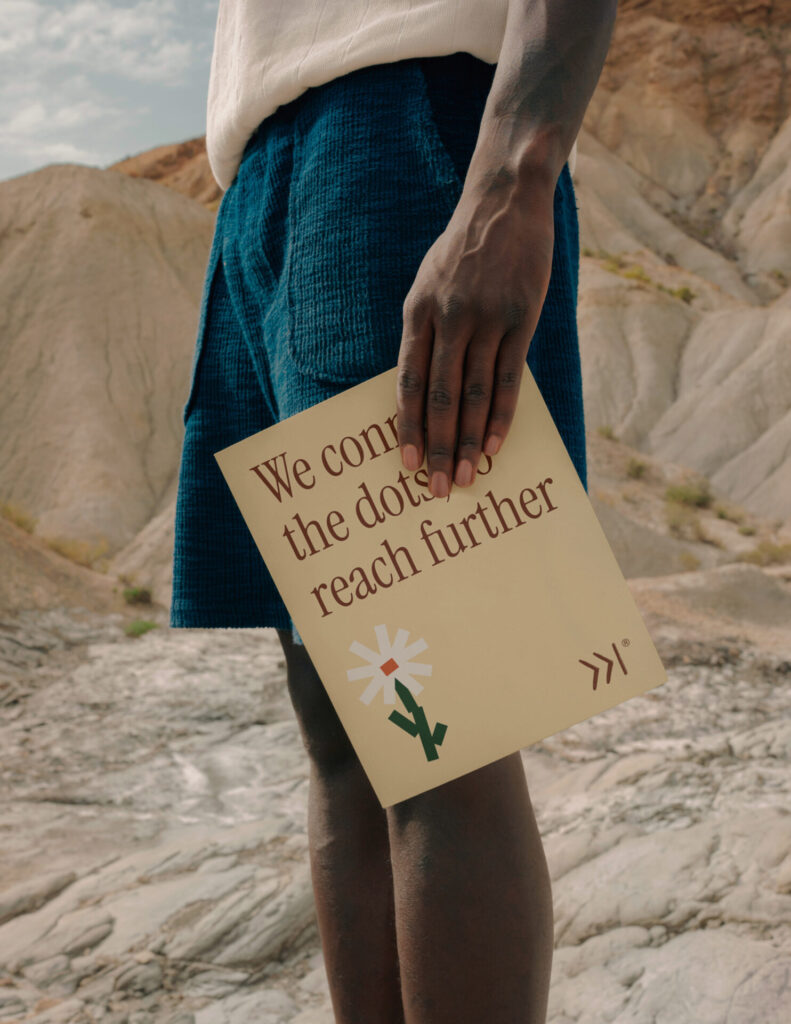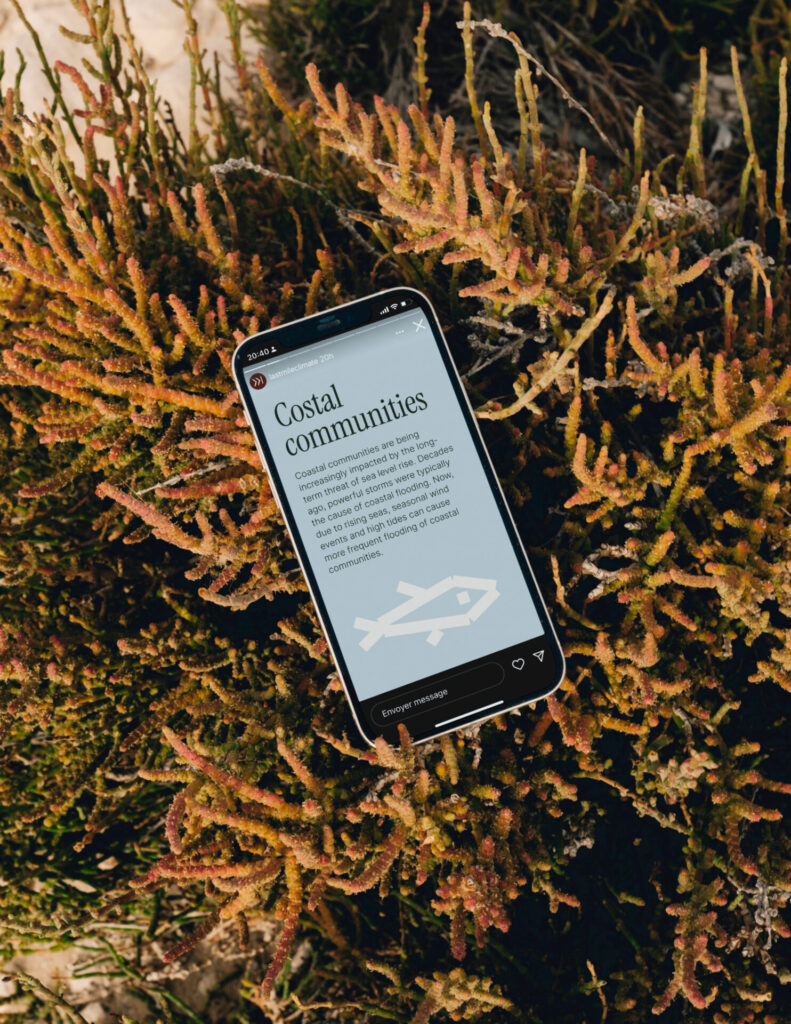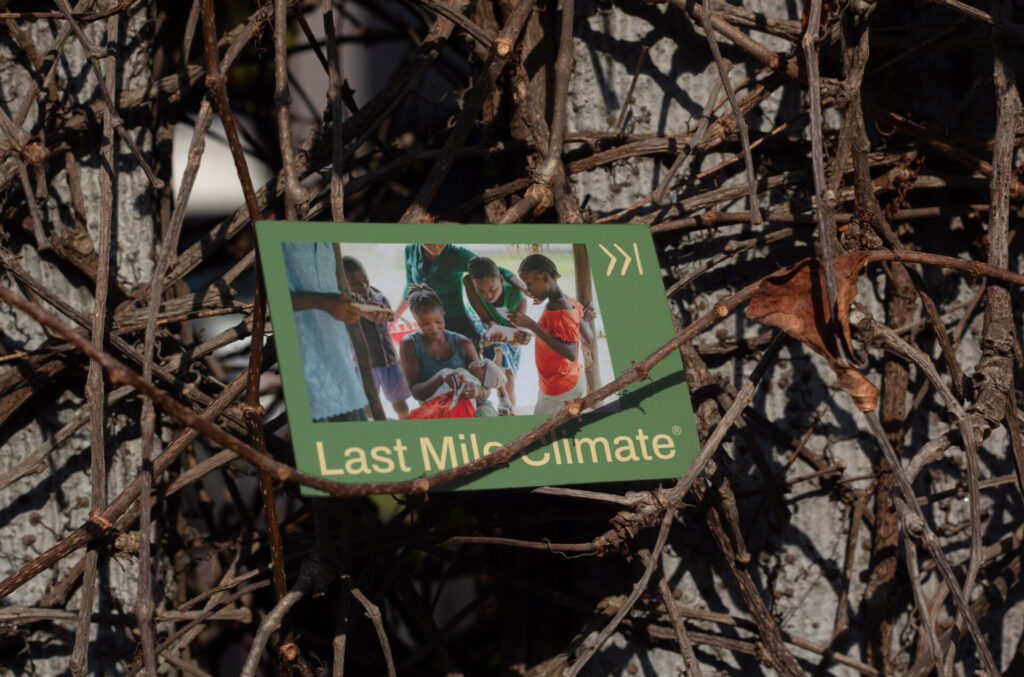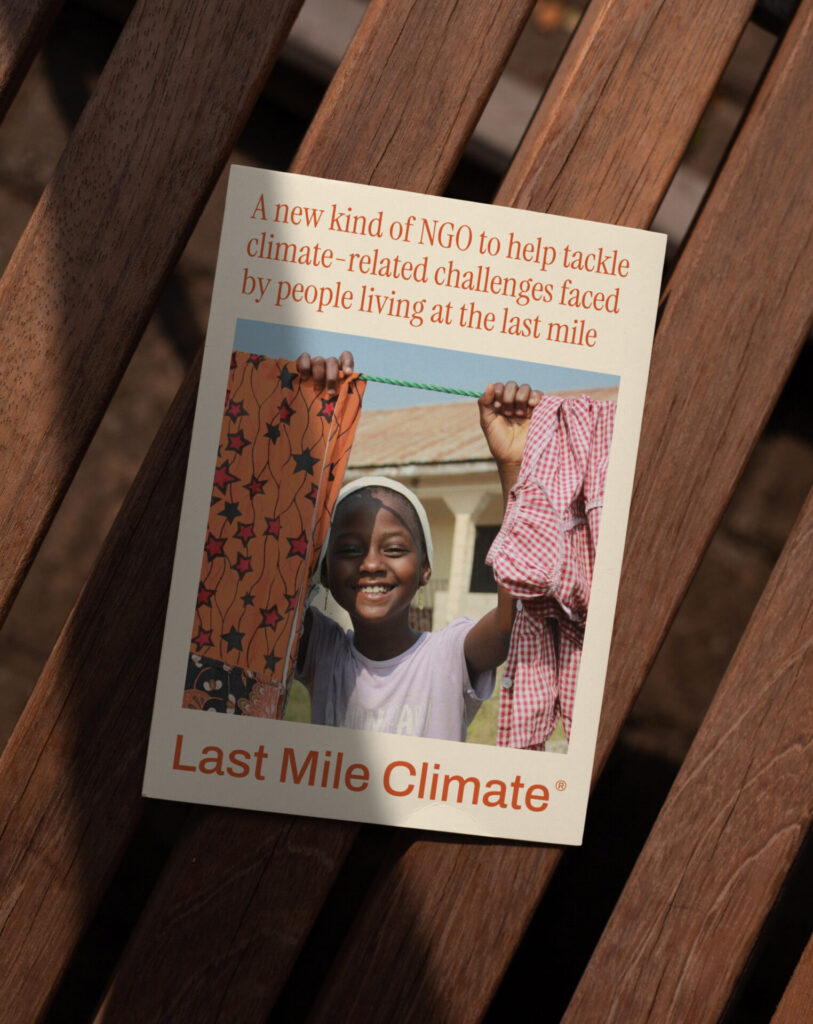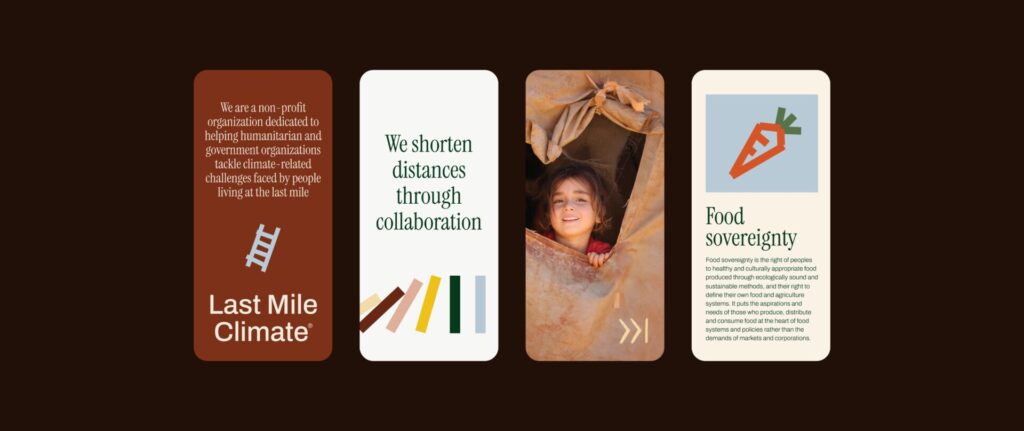
- Branding
- Art Direction
- Creative Direction
Last Mile Climate is a non-profit organization dedicated to helping grassroot, humanitarian and government organizations tackle climate-related challenges faced by people living at the last mile.
Last Mile Climate enables humanitarian organizations to collaborate with private sector companies in solving complex challenges related to adaptation to climate change. This new paradigm does not look at people caught up in humanitarian contexts through the traditional paradigm as beneficiaries with needs, but rather as people who have climate-related challenges that can be overcome by leveraging proven solutions developed by the private sector. The type of challenges that Last Mile Climate was created to tackle are the most complex and wicked problems that are linked to climate change within sectors such as energy, water, health, shelter, and agriculture —many areas where private sector companies already have invested billions of dollars to develop the required solutions.
Last Mile Climate’s role is to enable affordable access to these solutions for people living at the last mile through collaborations with traditional humanitarian actors who have the boots on the ground and connections with the people. LMC wants to be the partner of choice for the humanitarian sector when it comes to designing multi-stakeholder partnerships for solving complex climate-related challenges together with the people at the last mile.


Our primary challenge in developing the branding for Last Mile Climate was to ensure universality in language and to place collaboration at its core. Partnership stands as the cornerstone of this project, and the inspiration for the logo and graphic system directly stems from this core value.
The chosen logo speaks about the united efforts of both the private and humanitarian sectors that facilitated by Last Mile Climate helps reach last-mile communities. The visual system further reinforces this concept, utilizing blocks of colors to depict the diverse stakeholders involved in the process. It visually demonstrates how these stakeholders interact, symbolizing the collective journey to cover vast distances and extend support to vulnerable communities. This collaboration aims to provide innovative and effective solutions to the unique challenges faced by these communities, emphasizing the importance of concerted efforts in addressing climate-related issues.


